Fitness tip text, photos and demonstrations by Jenn Lockwood
Dorsiflexion at the ankle and leg rotation are the topics of this issues fitness tips! Brad Jacobson, shared with us how we activate the tibialis anterior to dorsiflex the ankle, helping to maintain equal angles at the ankles and shin to cuff contact when we ski, during our January training. Here is my favorite way to condition this muscle for the skiing – TOE TAPS. Our goal will be for muscle endurance of the tibialis anterior.
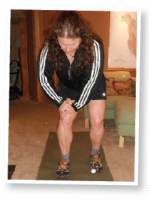
At Winter Blast, our group worked with National Team member, Matt Boyd on off-piste terrain. Our groups common deficiency on the steeps off-piste was to square our hips with our ski tips through the finish of our turns. Our focus to correct this inefficient movement was to relearn how to stabilize the hips (upper body) to facilitate tipping and steering of our legs from apex through finish of the turn – allowing us to better shape and manage pressure through the finish of the turn and allow our body to move over our equipment into the next turn initiation.
For a great article going over leg rotation refer to Help Your Legs Assert Their Independence by Robin Barnes in the Winter 2011, 32 Degrees, pages 74-79. Below are listed a few of my favorite exercises for strengthening muscles that facilitate leg rotation.
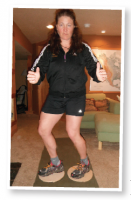
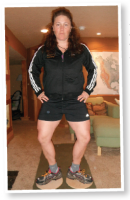
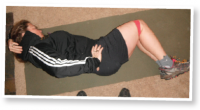
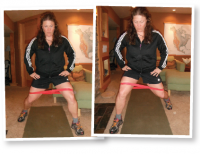
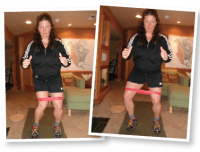
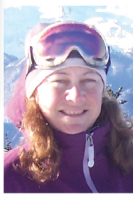 Jennifer Lockwood is an Alpine Level III instructor and Trainer at Mt. Hood Meadows Ski Resort, Oregon, and a fitness trainer at Peak Fitness NW. Email her at: jenn@peakfitnessnw.com or check out her website: www.peakfitnessnw.com
Jennifer Lockwood is an Alpine Level III instructor and Trainer at Mt. Hood Meadows Ski Resort, Oregon, and a fitness trainer at Peak Fitness NW. Email her at: jenn@peakfitnessnw.com or check out her website: www.peakfitnessnw.com
